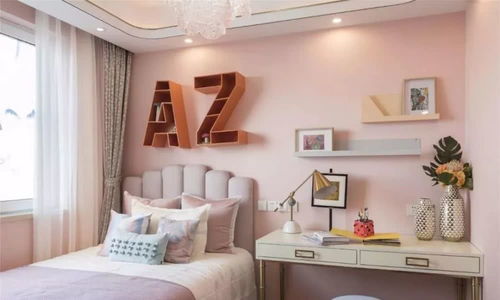家具的英文
在家具设计和布局方面,有几个常用的英文术语可以帮助你描述和理解不同的布局风格和设计概念。以下是一些常见的术语及其解释:
1.
Open Plan Layout
: An open plan layout refers to a design where there are minimal walls or partitions between different functional areas within a space, creating a more fluid and interconnected environment. This layout is popular for creating a sense of spaciousness and flexibility in both residential and commercial settings.2.
Traditional Layout
: A traditional layout typically involves more defined spaces with distinct rooms designated for specific purposes, such as living rooms, dining rooms, and bedrooms. This layout is characterized by a more formal and structured arrangement of furniture and tends to prioritize privacy and separation between different areas.
3.
Minimalist Layout
: A minimalist layout focuses on simplicity, functionality, and clean lines. It involves using only essential furniture and decor items to create a clutterfree environment. This layout often features neutral colors, sleek furniture designs, and an emphasis on open space to promote a sense of calm and serenity.4.
Eclectic Layout
: An eclectic layout combines elements from various design styles and periods to create a unique and personalized space. It often involves mixing different textures, colors, and patterns to add visual interest and personality to a room. This layout encourages creativity and allows for greater freedom in expressing individual tastes and preferences.5.
Feng Shui Layout
: Feng Shui is a traditional Chinese practice that involves arranging furniture and decor in a way that promotes harmony and balance in a space. A Feng Shui layout takes into account factors such as the flow of energy (chi), the placement of furniture relative to doors and windows, and the use of natural elements to create a harmonious and auspicious environment.6.
Modular Layout
: A modular layout involves using furniture and storage systems that can be easily rearranged or expanded to adapt to changing needs and preferences. This layout is highly flexible and customizable, making it ideal for small spaces or individuals who frequently rearrange their living areas.7.
Spacesaving Layout
: A spacesaving layout focuses on maximizing the use of available space, especially in smaller or compact living environments. This may involve using multifunctional furniture, such as sofa beds or storage ottomans, and implementing creative storage solutions, such as wallmounted shelves or builtin cabinets, to optimize space efficiency.8.
Symmetrical Layout
: A symmetrical layout involves arranging furniture and decor in a balanced and symmetrical manner, typically mirroring items on either side of a central axis or focal point. This layout creates a sense of order and harmony in a room and is often used in formal or traditional design schemes.9.
Asymmetrical Layout
: An asymmetrical layout involves arranging furniture and decor in a more dynamic and unconventional manner, without strict adherence to symmetry or balance. This layout encourages creativity and experimentation, allowing for a more eclectic and visually stimulating environment.By understanding these different layout styles and their characteristics, you can better communicate your design preferences and make informed decisions when planning your furniture arrangement.





